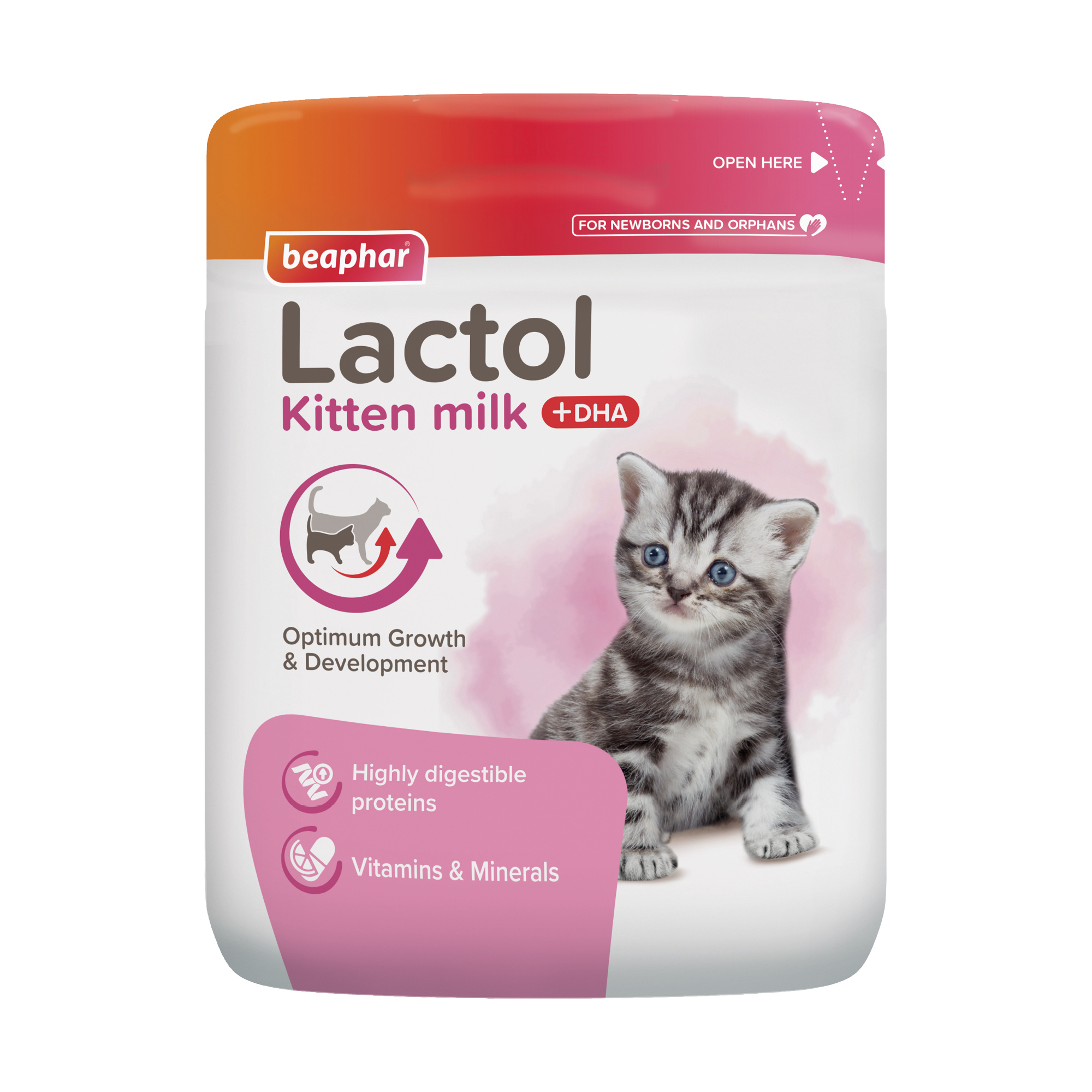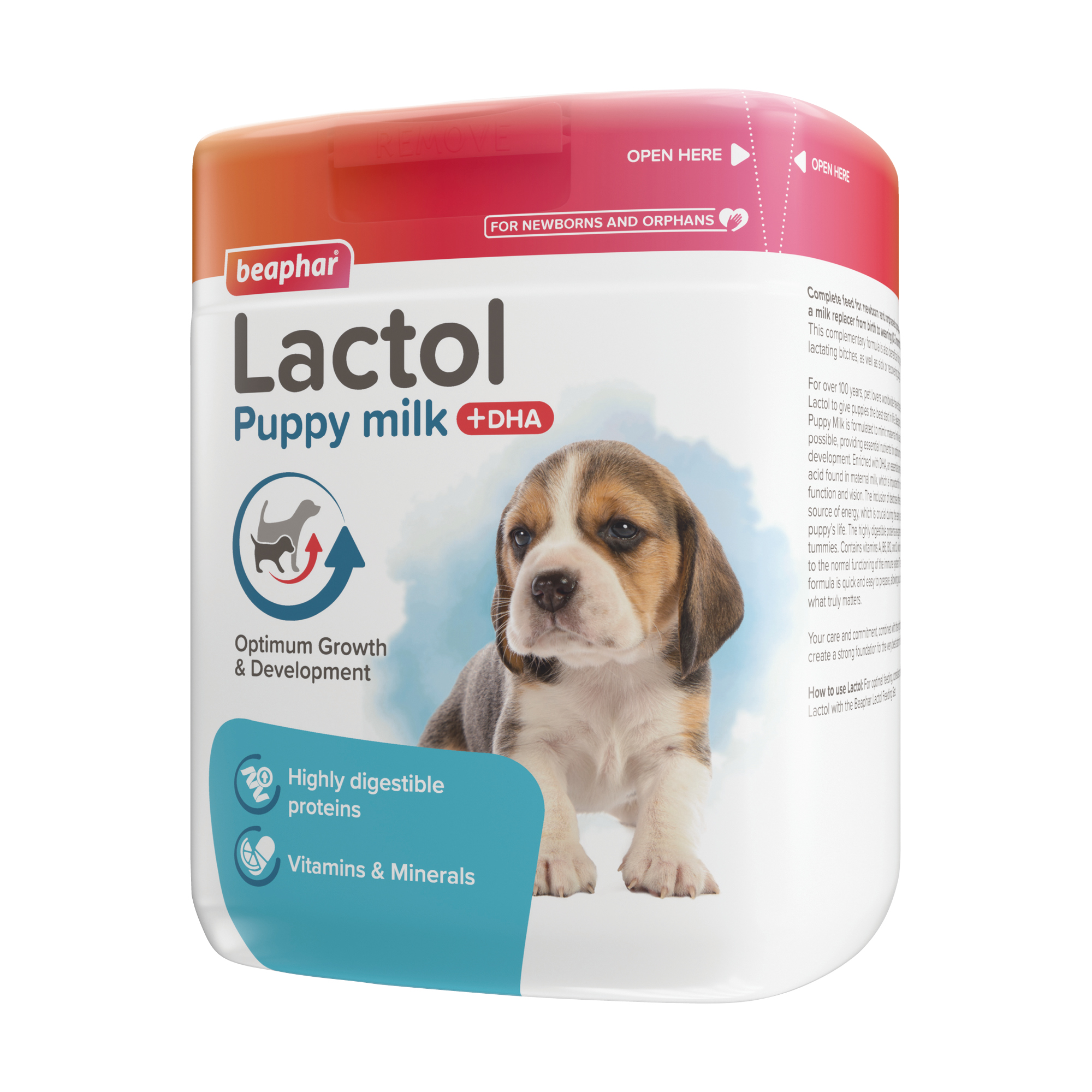How to Make Beaphar Lactol Milk
How to Mix Lactol for Puppies and Kittens
Welcoming a new puppy or kitten into your home is an incredibly exciting time. However, for those who are caring for a very young pet—perhaps one that has been orphaned or separated from its mum—proper nutrition is crucial for a healthy start in life. Beaphar Lactol Milk is a fantastic option, providing a complete milk replacer packed with essential nutrients for both puppies and kittens.
Getting the mix just right can be a little daunting at first, so here's a simple, step-by-step guide to help you prepare the perfect, nutritious bottle for your new arrival.
What You'll Need
Before you start, make sure you have everything to hand:
-
A tub of Beaphar Lactol Milk
-
The scoop provided in the tub
-
A clean jug for mixing
-
A kettle
-
A puppy and kitten feeding bottle
A Step-by-Step Guide
1. Sterilise Your Equipment Start by boiling a kettle. Pour a little of the freshly boiled water into your jug to sterilise it, then tip the water away. This ensures your mixing equipment is completely clean.
2. Measure the Water Carefully measure out the required amount of water into the sterile jug. For both puppies and kittens, the recommended ratio is seven level scoops of powder per 100ml of water. You can adjust this amount based on how much milk you need to make.
3. Let it Cool Allow the water to cool slightly until it's warm but not boiling. This is crucial as boiling water can damage the nutrients in the powder.
4. Measure the Powder Now, use the scoop provided in the tub. For every 100ml of water you measured, add seven level scoops of the Beaphar Lactol Milk powder. It’s important to level off each scoop to ensure your pet gets the correct balance of nutrients.
5. Mix Thoroughly Once you've added all the powder, stir the mixture vigorously. Make sure all the powder has dissolved and there are no lumps left.
Readying the Bottle and Feeding
6. Prepare the Feeding Teat If this is the first time you're using the feeding bottle, you'll need to make a small hole in the teat. Carefully use a needle or the very tip of a pair of scissors to create a tiny opening. Be careful not to make the hole too large, as this could cause your puppy or kitten to gag. The hole should be big enough for the milk to flow freely, but not so big that it comes out too quickly.
7. Cool and Pour Once the milk is mixed, let it cool down to a lukewarm temperature before you pour it into the feeding bottle.
8. Check the Temperature The final step is to check the milk's temperature one last time before feeding your pet. You can do this by dropping a little on your wrist; it should feel comfortably warm. For more precision, use a thermometer to ensure the milk is around 38°C, which is a puppy or kitten's body temperature.
Storing Leftover Milk
Any milk you've prepared can be stored in the fridge for up to 24 hours. When it's time for the next feed, remember to reheat the milk to 38°C and give it a good shake before you offer it to your pet.
Caring for a young puppy or kitten is a full-time job, but watching them grow and thrive on the right nutrition is incredibly rewarding.





